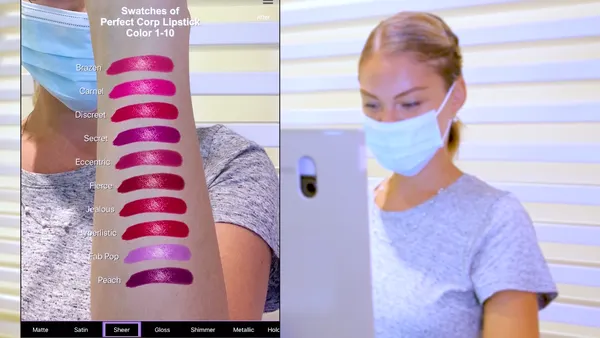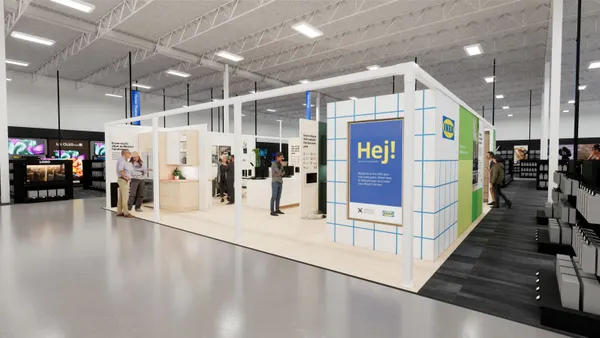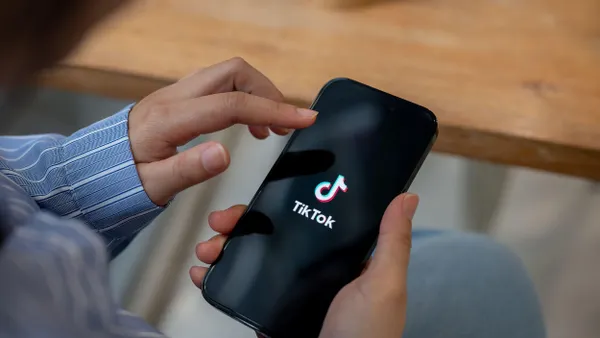Dive Brief:
- The voice-activated technology with the most capability to transform how companies interact with their customers is "faster customer service responsiveness," as cited by 34% of 600 senior digital decision-makers surveyed by IT and software development company Globant. This was followed by "connecting people in a more conversational manner" by 23%; "improved search” by 22%; "easy re-ordering capabilities" by 13%; and "a new advertising channel" by 8%.
- Many companies' decision makers are leaping before they look at voice because they are enthusiastic about its potential, said Globant. Thirty-two percent said voice will be the companies' biggest competitive differentiator in 2018, and 73% now see voice as a technology initiative.
- Of those surveyed, 75% see firms that offer voice-activated options as more sophisticated than those who cannot. The study emphasized its use of the word 'cannot,' differentiating companies for whom voice technology is not yet a possibility.
Dive Insight:
The old cliché "cautiously optimistic" is a way to describe the new "2018 Voice-Activated Technology Report" from Globant. The study found that 45% of those surveyed have found a place for voice-activated tech in their personal lives, but 31% said they use voice daily in their work, and 33% said they never use it at work. Only 55% of the digital decision makers think they are ready to apply voice-activated tech in an effort to bolster their company’s internal operations.
The report cautioned against companies defaulting to known voice tools like chatbots because that is what the decision-makers are comfortable dealing with. There are many more ways to make an immediate impact with voice, so it is imperative to research and consider the broad range of uses for voice solutions before committing to spending money, said Globant.
"Organizations shouldn't just invest in voice capabilities because they can," Juan José López Murphy, AI and data science practice lead at Globant, said in a statement. "The technology must take the end-user into account. As organizations continue to see voice as a key differentiator to the business in 2018 and beyond, it's important for them to remember that voice-activated technology should always be relevant, desired and make an obvious improvement for the people directly impacted."
This caution has been expressed by others watching voice tech trends. A study by Episerver found that consumers have been slow to adopt voice-assisted devices for shopping. Nearly 40% of consumers now own such gadgets, but 60% never browse the internet using them, and fewer use them to complete purchases. A report from Juniper Research confirmed the enthusiasm for chatbots in the retail, banking and healthcare business sectors as a replacement for customer service representatives, estimating that the technology will bring $11 billion in combined cost savings. A recent study of 3,000 U.S. consumers by Mastercard and Mercator found that 66% now use voice assistants or messenger/text-based chatbots, but 21% are making purchases using the technology.
Another report by Voicebot.ai and Voysis found voice commerce using smart home devices starting to gain momentum, with 26% of the owners of the smart speakers saying they have made a purchase by voice. While developing a voice technology strategy, companies must keep their end-users clearly in focus. Companies should first identify a real consumer challenge or desire and invest purposely, according to Globant.











